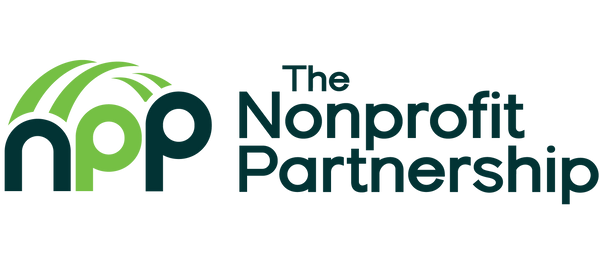
Our team loves helping nonprofits build evaluation capacity and is excited to bring this topic to KeyCon 2021. Last month, as we made our plans to present at the conference, our Data and Evaluation team sat down to learn from the feedback from the attendees of our last presentation (after all, we try to practice what we preach!) Attendees shared enthusiasm about the information we brought and were excited about evaluation plans and data management practices, but when they thought about bringing the information back to the rest of the team, they shared that there wasn’t as much buy-in as they hoped.
We hear this frequently with nonprofit program evaluation—organizations often see it as something that gets tacked on at the end of a program, led by team members responsible for writing grant reports, instead of those who are delivering services day-to-day. We see three common things that get in the way of nonprofit teams when starting their evaluation journey.
Holdup #1: Too Overwhelmed to See a Purpose
Nonprofit staff often feel overwhelmed by the amount of time, money, and energy that they put into evaluation. This, mixed with struggling to see the purpose behind collecting data, often stops organizations before they even begin.
Before jumping into collecting data or making changes to organizational evaluation systems, organizations must be on the same page about the purpose of the work.
Every day, we see how data, information, and findings from evaluations can transform an organization’s ability to meet their goals. It’s critical for nonprofits to not only build a program evaluation, but also find ways of executing it within their program delivery from the start. Good program evaluation can:
- Show you how to improve your program and,
- Demonstrate how well you are addressing the problems you are trying to solve.
And, while both of those pieces are key goals of program evaluation, at the end of the day, gaining the ability to learn from data will help you deliver better services to your clients.
Holdup #2: Feeling Spooked by Numbers and Data
When people hear the word data, they often run for the hills! But if you think about it, your organization probably already has numbers and stories ready to help you tell your story of impact. With a little intention, those numbers and stories can transform your organization. It all comes down to measuring what matters.
Here are some ideas to get you started:
- Collect Stories: Do your clients or volunteers share their appreciation or their struggles? When appropriate, document it! Ask for permission to share the opinions of the people who are closest to your program: after all, they know best.
- Create feedback loops: Use technology, social media, and shared spaces for feedback. In official terms these may be interviews and focus groups, but we like to think out of the box and use tech like FlipGrid or reflection sessions with stakeholders to understand how programs impact the community.
- Remember that process data matters too! Do you reach clients better in the mornings? Are people more likely to show up on a Tuesday? The more tracking you have for your processes, the better you are able to analyze and determine program improvements later.
Holdup #3: Missing the Opportunity to Get Going
You make the plan to start working out…
You set a goal to read more…
And then, in the day-to-day, you get busy and it doesn’t happen.
Program evaluation is just like that and, trust us, you aren’t alone. You are likely wearing different hats in your role, and don’t always know how to get the ball rolling.
Getting started on program evaluation starts with taking a step in the right direction, and often that can be a small step such as:
- Learning about best practices in program evaluation. (Did I hear a plug for a conference sign-up?)
- Schedule a one-hour reflection session with your team for next quarter and talk about what is going well, what is challenging, and how you may adapt going forward.
- Determine your capacity and need for adapting your existing data collection practices to become more intentional.
- Assign a team leader to hold you accountable!
Find more tips on our LinkedIn or Facebook, or read our blogs to learn more!
Catherine Smith and Ariel Jordan work with nonprofits to help tell their stories through the creative use of numbers and stories. Inherent to its name, Sangfroid Strategy specializes in helping organizations through difficult, complex, and trying circumstances. Sangfroid Strategy is an evaluation, strategy, and implementation consulting firm that works alongside organizations to move them from vision to tangible results. They help organizations do better by learning from where they’ve been and set them up to make the biggest impact in their communities.
Register for the Keystone Nonprofit Conference today at TheKeyCon.org!

